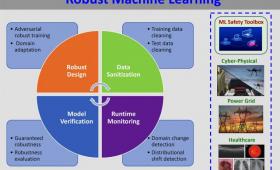The 34th Conference on Neural Information Processing Systems (NeurIPS) is featuring two papers advancing the reliability of deep learning for mission-critical applications.
Science and Technology
in the News
Science and Technology
in the News
News Center
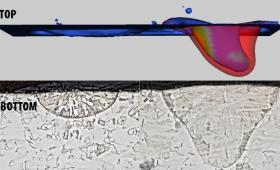
Livermore scientists simulated the droplet ejection process in an emerging metal 3D printing technique called “liquid metal jetting.”
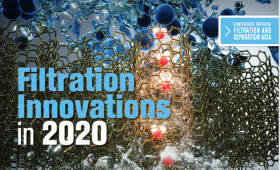
International Filtration News selected a carbon nanotube (CNT) porin technology developed by Lawrence Livermore researchers and colleagues as one of the top filtration innovations in 2020, featuring it on the cover of issue 6 2020.
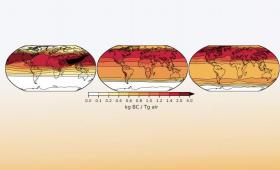
A team of Livermore scientists has modeled the global climatic consequences of a regional nuclear weapons exchange.
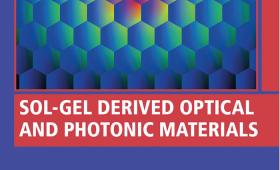
This chapter reviews the requirements and design for anti-reflective coatings on laser optics, the sol-gel synthesis process, coating methods and post treatments, coating stability, and laser-damage performance.
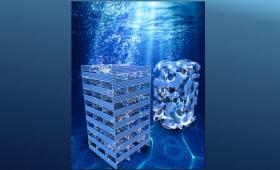
A research team has developed a 3D-printed electrode that lessens the problems that occur with gas bubbles that are generated during water electrolysis.
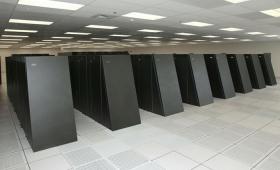
A team of current and former Lawrence Livermore National Laboratory (LLNL) and IBM scientists won the annual “Test of Time” award at the 2020 Supercomputing Conference.
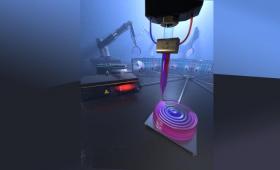
Livermore researchers have used multi-material 3D printing to create tailored gradient refractive index glass optics.

Livermore houses four of the world’s 100 most powerful supercomputers, more than any other institution according to the TOP500 list.
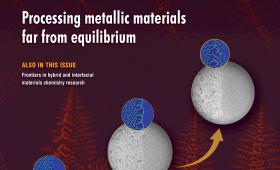
The authors review the development of time-resolved, in situ imaging techniques capable of capturing solid–liquid interfacial evolution in metallic alloys.


